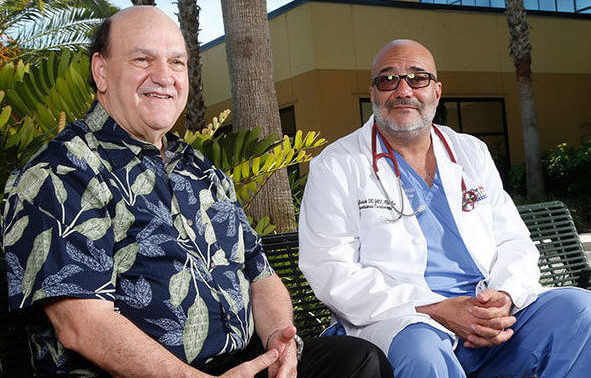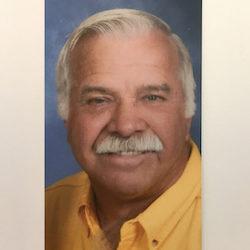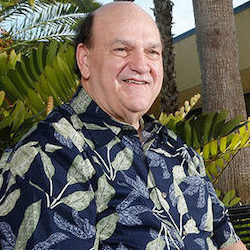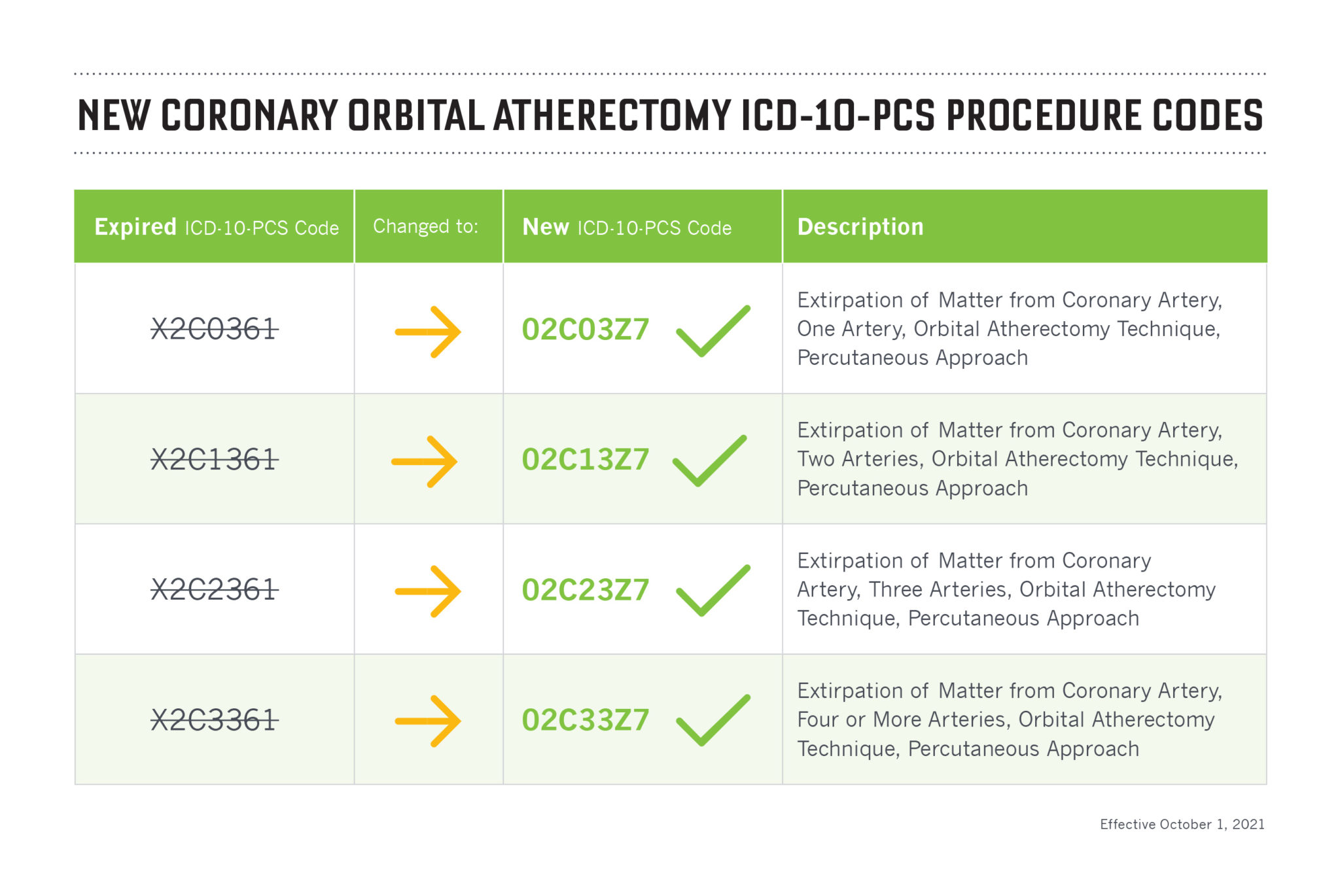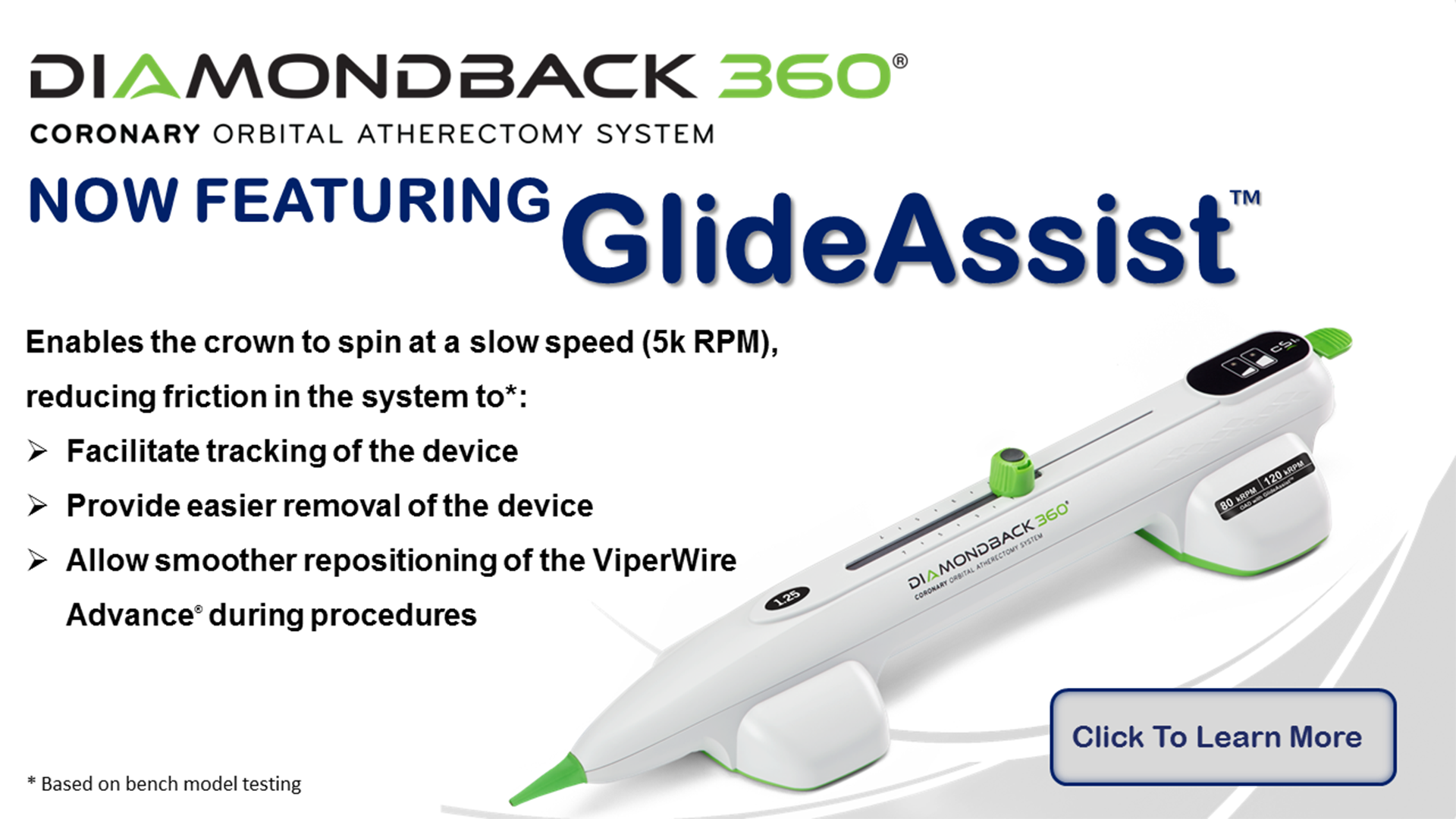A wife knows when something is wrong. Pam certainly did.
The couple had been together through his long military contracting career. Once a manager of shipbuilding and repair for the U.S. Navy, Jim was a vibrant man even after he retired. He had a heart problem that required bypass and after recovering from surgery he felt better—for a while.
But over time, different, very troubling symptoms began. Jim grew short of breath. He was acting “weirdly,” according to his wife, complaining of mild chest pain any time he was active. For the first time ever, he tired easily. Pam was concerned.
So she urged her husband to seek further treatment. His doctors tried medications and then angioplasty. But the drugs didn’t help and surgeons were unable to treat the severely calcified plaque that had built up in Jim’s arteries. That calcium was preventing healthy oxygenated blood from reaching his heart.
This is when his doctor decided to try orbital atherectomy, a procedure that reduces coronary plaque on the artery wall. The procedure took under an hour and was done without general anesthesia, through a small incision in the groin. Once the doctor had treated the calcium, he placed a stent to keep the circumflex artery open and restore blood flow to the heart.
Jim was under local anesthesia during the procedure, feeling the effect as his circumflex artery was modified from a closed-up tunnel with calcified blockage to a clear passage with healthy blood flow. After the procedure was done Jim looked up at his surgeon and said, ‘‘What did you do to me, doc? I feel like I got a heart transplant.”
Over the next days and weeks, his condition only improved. Jim was able to walk, then participate in more strenuous physical activities. Gone were the shortness of breath and chest pain. He had more energy than he’d had in a decade. He felt like his life had been restored.
Later, Pam called the doctor to say thank you. Her husband was healthy and strong again. They could travel and go on long walks together. Orbital atherectomy, along with the stent placement, she said, had given them back their marriage and their life.
A Physician’s Perspective
Dr. Merrill Krolick is passionate about helping patients with arterial diseases. For more than two decades, he has worked as a board-certified interventional cardiologist. Through a variety of non-invasive procedures, he works to clear his patients’ blocked arteries at The Heart Institute at Largo in Florida.
Dr. Krolick has been using CSI’s peripheral orbital atherectomy system (OAS) device for years to help hundreds of patients with blocked peripheral arteries in their legs. Familiar with the peripheral technology, Dr. Krolick became certified and quickly adopted the use of CSI’s Diamondback 360 coronary OAS when it was released in 2013 as the only medical device FDA-approved to specifically treat severe coronary calcium. When Dr. Krolick met Jim, a retired military man with significant coronary calcium, he had already received an emergency coronary bypass surgery years earlier at another hospital. He had severe blockage in most of his coronary arteries, including the vital circumflex artery. Jim was experiencing chest pressure, shortness of breath, extreme fatigue and angina. “He was not his vibrant self,” said Dr. Krolick.
When traditional interventions failed, Dr. Krolick decided Jim would be a good candidate for CSI’s Diamondback 360 coronary OAS device. Dr. Krolick used CSI’s innovative technology, the Diamondback 360, to reduce calcium from the circumflex coronary artery and prepare the artery to place a stent. Once the procedure was over, Jim’s artery had opened, allowing adequate blood flow to the heart for the first time in years. Dr. Krolick remembered his patient’s reaction: “He looked up at me and said, ‘What did you do to me, doc? I feel like I got a heart transplant.”
Dr. Krolick followed Jim’s successful recovery over the next few days. “I got a call from his wife saying she got her husband back and that he hadn’t had this quality of life for six years,” said Dr. Krolick. “His improvement would not have been possible without CSI’s Diamondback 360 device.
Results may vary.
The accounts given are genuine and documented. Each story represents a unique individual experience and does not provide any indication, guide, warranty or guarantee as to the response other people may have to CSI technologies.


